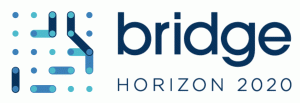- Who are the partners participating?
Here we are discussing the WP7 of the FARCROSS project, in which, I have to say, we had some of the best collaborations that I have experienced in such a project for a very long time. We had partners from various European countries that gave their contribution in reaching the set targets. Among those, we had Tech Inspire, UBITECH, UBITECH ENERGY, ESO EAD, IPTO, Transelectrica, OST, IBEX, IEIT, Software Company Ltd., Cintech Solutions, European Dynamics, Weather2Umbrella and University POLITEHNICA of Bucharest. I honestly hope I didn’t forget anybody.
- What is the main aim and the solution proposed by the EUROPAN demo?
Of course, with the introduction out of the way, we can now move to the more technical part of the talk. Even though I would like to say that it’s not so simple to point out just two or three targets among what we believe that was achieved within this demo, if I had to do it, I would probably opt for the following: the development of the improved RES generation and demand response forecasting algorithms, the creation and offering of the tools that will efficiently minimize the variability of the sources in the network and, also, the support of the cross-border collaboration of the involved stakeholders, in line with some of the main pillars upon which the European power sector development is, by the official documents and expert opinions as well, set to lay on in the years to come.
- What kinds of technologies are used?
Well, here it would probably be the best to separate the achievement of the EUROPAN demo into three individual phases and then briefly go through each of them. You see, it all starts with the high-resolution numerical weather forecasts, where, after some hard work and thorough testing, it was confirmed that NMMB (Non-Hydrostatic Meso-scale Model on B grid) and the CALMET (Diagnostic three-dimensional model on fine scale) were the proper tools for the purposes of this demo and the entire FARCROSS project. After that, it was necessary to put the obtained forecasts into good use and apply them in the process of predicting the behaviour of the production and demand in the energy system, as well as in the step of estimating the realistic transmission capacity of OHLs. In order to do that, we needed to rely on the advanced artificial neural networks in the postprocessing of the data outputs, with the results of that decision exceeding even the most optimistic expectations from our side. Finally, all of this is combined with the user friendly GUI based on the georeferenced presentation of the grid in order to provide the users with the comfortable and intuitive environment during their regular activities.
- Can you shortly describe how flexibility can be achieved through EUROPAN platform?
Yes, I was hoping that you would ask that, to be honest. As we are all aware, all of the energy sector is currently going through the transition process where we are looking away from the fossil fuels as much as we can and switching to the sustainable sources in order to compensate for the missing generation. However, those sources are almost always characterised not only by the environmental acceptability, but by the stochastic behaviour that is difficult to predict as well. For their successful integration, the system operators need to have the forecasts of their production power well in advance, so they can plan the actions in case the expected production power is way higher or way lower than the foreseen demand. In order to deal with this extremely intermittent nature of variable RES (solar and wind) TSOs must keep as a reserve considerable available capacity for aFRR amd mFRR, at the same time the overall power system cannot use those same capacities in order to deal with the consumption. This is not only costly, but also very demanding from the security of supply point of view. From that, it is clear how much even the slight improvement of the production forecast of, let’s say, wind and solar plants can make the integration of those renewable sources easier. And what can we say about a solution that not only offers the significant improvement of that forecast, but also improves the load forecasts and the transmission capacities’ forecasts at the same time? Well, nothing but that we are honoured to have had the chance to participate in its development from the scratch.
- Who is the customer of EUROPAN platform?
From our point of view, the primary target audience here would have to be the system operators, regardless of the voltage level of which they are in charge. Hence, this can be applied both on the transmission and the distribution system operators and not only in the countries that participated in the demo and for which the KPI values have been determined, but in the remainder of the Europe and even beyond, if the conditions are right. Also, production companies and flexibility service providers could benefit from EUROPAN with their own business cases. This is secured by the scalability of the solution, where the most prominent issue that can happen is the one related to the lack of the input data of the sufficient quality. However, in the age of digitalization and the accentuation of the importance of the data exchange and transparency, we are certain that the inputs needed for the operation of the solution are already either at disposal of the potential users or easily accessible by them, therefore overcoming these challenges even before they occurred in real life.
- What is the future for the EUROPAN platform?
Even though that is not 100% certain at the moment, I can definitely say that we, as the members of the WP7 team, strongly hope that the further investigation and subsequent implementation of the EUROPAN solution will follow the finalisation of the currently ongoing phases of the project, based heavily on the demonstration activities. The results and the advancements reached along the way of developing this solution can both serve as the integral part of the EUROPAN platform or, in case that does not come to be, get offered as the separate, custom-made tools for the tasks of the system operators. Despite the fact that I can, admittedly, be seen as biased regarding the EUROPAN solution, I wholeheartedly believe that it just has too much potential to not be used either as it is now, or as the foundation for some even more advanced tool in the upcoming years.
- What do you enjoy the most in FARCROSS project?
Even though I am a bit at risk of repeating myself, I will go with the collaboration with the colleagues from the entirety of Europe, each of them bringing their own knowledge and previous experiences to the table. This is not something that happens all the time, so, when the opportunity for this kind of cooperation arises, one should definitely not miss out on it, because it is not certain if and when the next such a chance will come. If you also add to this that the mentioned common work is directed to developing some of the most cutting-edge advancements in the area that is not only relevant the experts on the topic, but to the European society as a whole as well, you get, at least from my point of view, a winning combination. Therefore, I’d just like to say, once again, a big “thank you” to all of the partners in this demo and to everybody that made this project a reality.

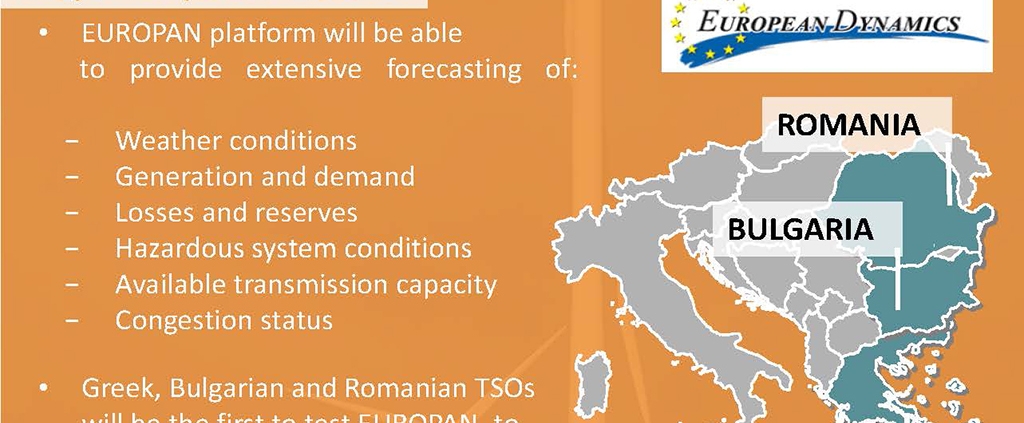


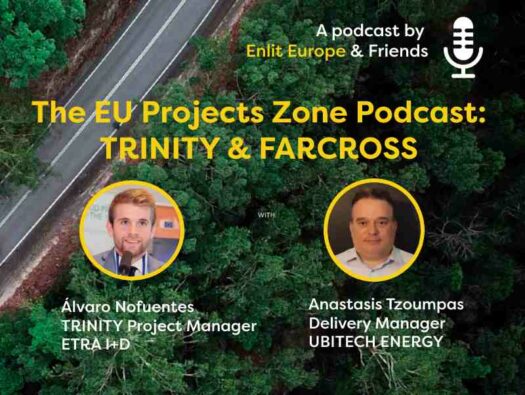


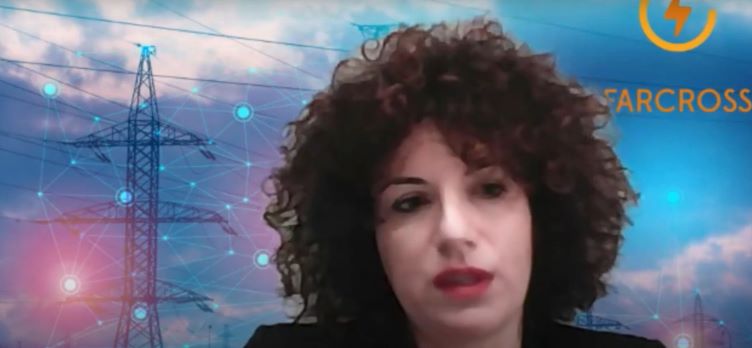
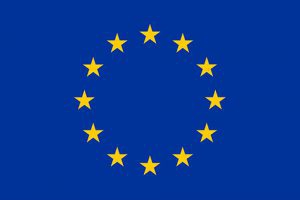 This project has received funding from the European Union’s Horizon 2020 research and innovation programme under grant agreement No 864274
This project has received funding from the European Union’s Horizon 2020 research and innovation programme under grant agreement No 864274